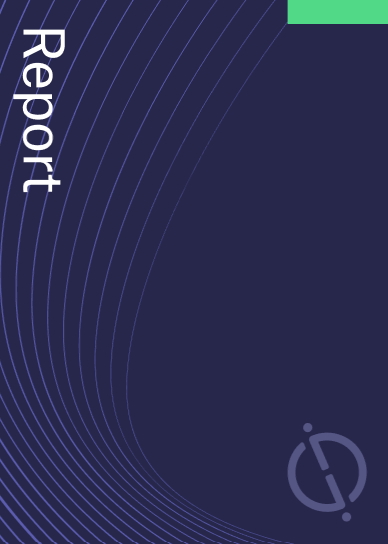Weatherford International has been granted a patent for a system and method that sets a liner hanger in a borehole using a hydraulic setting mechanism. The system includes a setting tool that runs the hanger into position and a reserve volume of clean fluid separate from the borehole. The tool balances pressure during run-in and intensifies pressure to set the hanger. Over-pressure can be managed with a venting valve. GlobalData’s report on Weatherford International gives a 360-degree view of the company including its patenting strategy. Buy the report here.
According to GlobalData’s company profile on Weatherford International, Oil well fracking was a key innovation area identified from patents. Weatherford International's grant share as of September 2023 was 70%. Grant share is based on the ratio of number of grants to total number of patents.
A system and method for setting a liner hanger in a borehole using hydraulic pressure
A recently granted patent (Publication Number: US11773672B2) describes a setting tool used on tubing to set a liner hanger in a borehole. The tool is activated by applied tubing pressure behind a deployed plug. The setting tool includes a tool body that can be positioned in the hanger bore of the liner hanger. The tool body has a tool bore for borehole fluid and a stinger portion that seals inside the hanger bore and has at least one outlet port. This outlet port is in fluid communication with at least one inlet port in the hanger bore of the liner hanger.
The setting tool also includes a bonnet that contains a first volume for holding an actuation fluid separate from the borehole fluid. An actuator piston is disposed in the tool bore and has a second volume for holding the actuation fluid. The actuator piston is associated with an actuator seat and is configured to move in response to the applied tubing pressure behind the deployed plug engaged in the actuator seat. This movement intensifies the applied tubing pressure, which is then communicated to the actuation fluid in the second volume. The intensified pressure is then communicated from the tool body's outlet port to the inlet port of the liner hanger and to the hydraulic setting mechanism for the liner hanger.
The setting tool also includes a check valve that communicates the actuation fluid from the first volume to the second volume. Additionally, a venting valve is included to relieve the intensified pressure of the actuation fluid above a predetermined threshold in the second volume to the first volume. The venting valve comprises a port that can be opened to communicate the second volume to the first volume, and a venting valve piston that is movable to shear a shear pin from the port in response to the intensified pressure in the second volume exceeding the predetermined threshold.
Overall, this patented setting tool provides a mechanism for setting a liner hanger in a borehole using applied tubing pressure. The tool's design allows for the controlled intensification of pressure and includes features such as check valves and venting valves to ensure proper fluid communication and pressure relief.
To know more about GlobalData’s detailed insights on Weatherford International, buy the report here.
Data Insights
From

The gold standard of business intelligence.
Blending expert knowledge with cutting-edge technology, GlobalData’s unrivalled proprietary data will enable you to decode what’s happening in your market. You can make better informed decisions and gain a future-proof advantage over your competitors.






